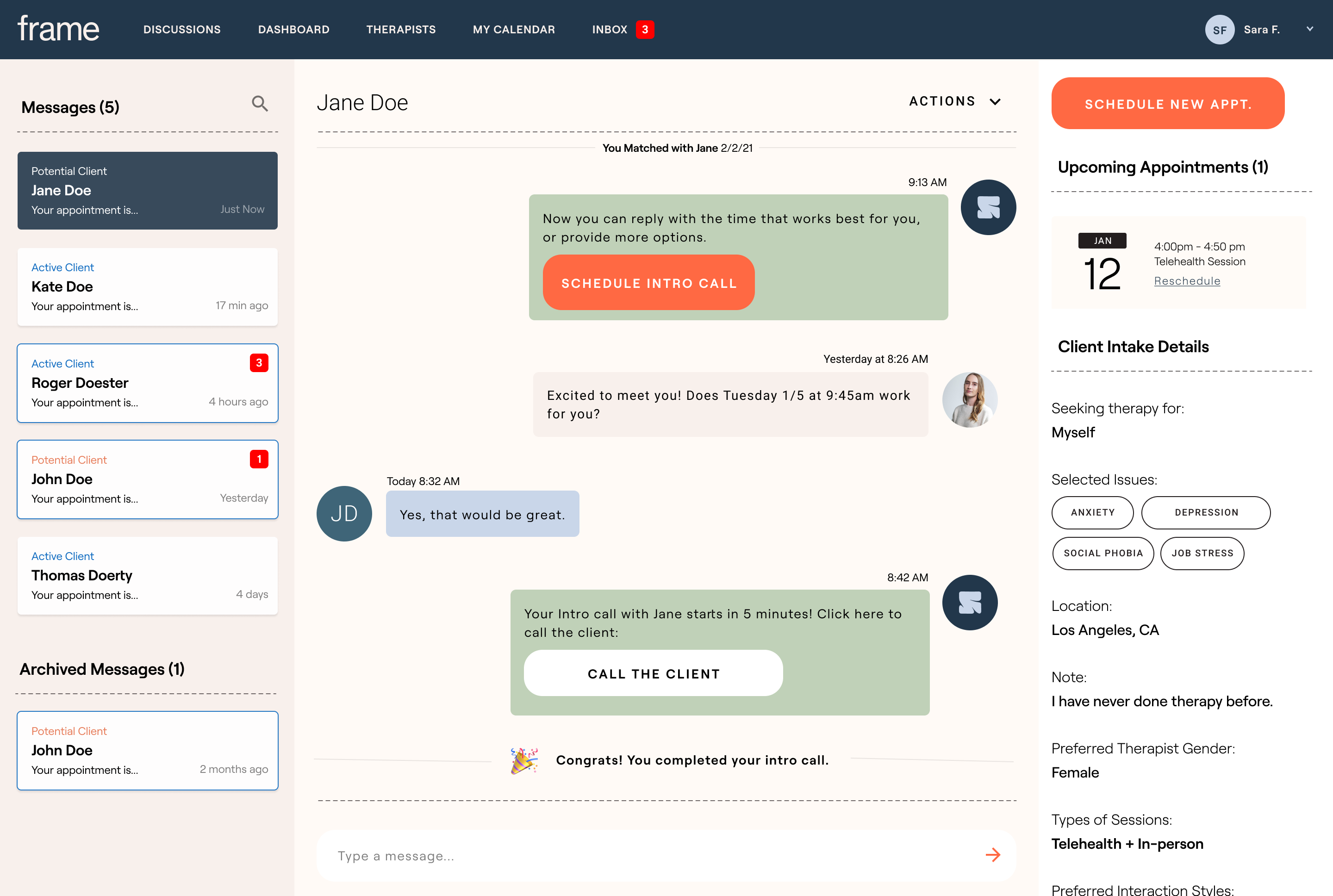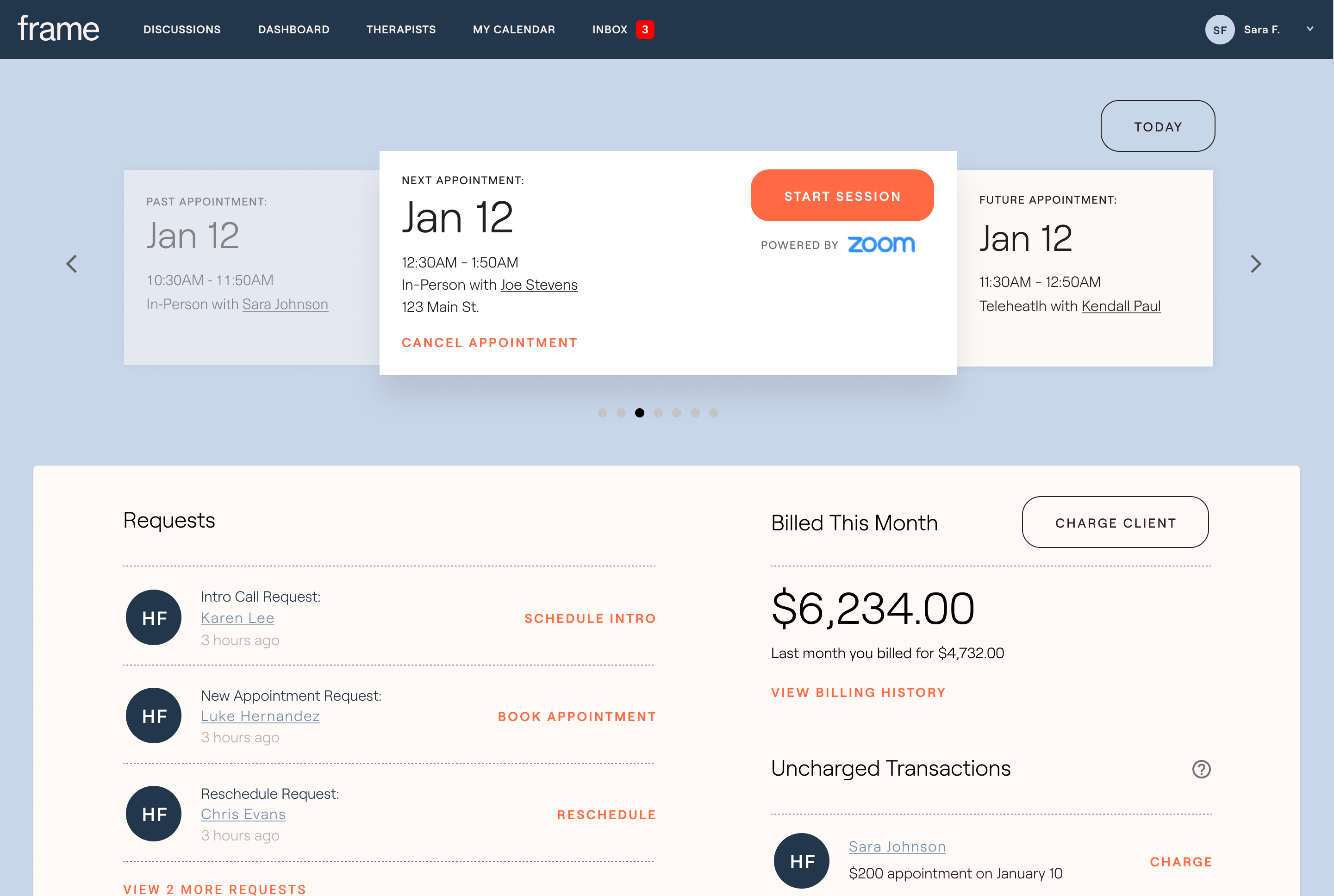For kids of a certain age — think 9 to 15 — options for enrichment are somewhat limited to school, sports, and camps, while the ability to make money is largely non-existent.
A new startup called Mighty wants to provide them with a new alternative through a platform it’s building that, like a kind of Shopify for kids, enables younger kids to open their own store online and to learn a lot in the process. In fact, Mighty — led by founders Ben Goldhirsh, who previously founded GOOD magazine, and Dana Mauriello, who spent nearly five years with Etsy and was most recently an advisor to Sidewalk Labs — sees itself as smack dab in the center of fintech, ed tech, and entertainment.
Investor thinks it’s a pretty solid idea. Mighty recently closed on $6.5 million in seed funding led by Animo Ventures, with participation from Maveron, Humbition, Sesame Workshop, Collaborative Fund and a family office called NaHCO3, among others.
As is often the case, the concept derived from the founders’ own experience. In this case, Goldhirsh, who has been living in Costa Rica, began worrying about his two daughters, who attend a small school and he feared might fall behind their stateside peers so began tutoring them after school. He says he was using Khan Academy and every other software platform that he thought might be helpful to the cause, but their reaction wasn’t exactly positive.
“They were like, “F*ck you, dad. We just finished school and now you’re going to make us do more school?'”
Unsure of what to do, he encouraged them to sell the bracelets they’d been making online, figuring it would teach them needed math skills, as well as teach them about startup capital, business plans (he made them write one), and marketing. It worked, he says, and as he told friends about this successful “project-based learning effort,” friends began to ask if he could help their kids get up and running.
Fast forward and Goldhirsh and Mauriello — who ran a crowdfunding platform that Goldhirsh had helped fund before she joined Etsy — say they’re now steering a still-in-beta startup that has become home to 3,000 “CEOs” as Mighty calls them, with a smaller percentage of “super CEOs” logging into the platform 30 times each month to manage their business affairs.
The interest isn’t surprising. Kids are spending more of their time online than at any point in history. Many of the real-world type businesses that might have once employed young kids are shrinking in size. Aside from babysitting or selling cookies on the corner, it’s also challenging to find a job before high school, given the Department of Labor’s Fair Labor Standards Act<, which sets 14 years old as the minimum age for employment. (Even then, many employers worry that their young employees might be more work than is worth it.)
Still, building out a platform for kids is tricky. For starters, not a lot of 11-year-olds have the tenacity required to sustain their own business over time. While Goldhirsh likens the business to a “21st century lemonade stand,” running a business that doesn’t go away is a very different proposition obviously. On this front, Goldhirsh acknowledges that no kid wants to hear they have to “grind” on their business or to follow a certain trajectory, and he says that Mighty is certainly seeing kids who show up for a weekend to make some money.
Still, he insists, many others have an undeniably entrepreneurial spirit and tend to stick around. In fact, says Goldhirsh, the company — aided by its new seed funding — has much to do in order to keep its hungriest young CEOs happy. Many are frustrated, for example, that they currently can’t sell their own homemade items through Mighty. Instead, they can sell items like hats, totes, and stickers that they customize and which are made by Mighty’s current manufacturing partner, Printful, which then ships out the item to the end customer. (The Mighty CEO gets a percentage of the sale, as does Mighty.) They can also sell items made by global artisans through a partnership that Mighty has struck with Novica, an impact marketplace that also sells through National Geographic.
The idea was to introduce as little friction into the process as possible at the outset, though Mighty intends to enable its smaller entrepreneurs to sell their own items over time. Mighty also plans to eventually generate revenue through both a revenue split as well as via freemium services.
As for whether any parents have pushed back on what Mighty is trying to do — entrepreneurship can be alternately exhilarating and demoralizing, after all — Mauriello says they haven’t. For one thing, she says, Mighty recently launched an online community where its CEOs can encourage one another and trade sales tips, and she says the kids are actively engaging there.
She also argues that, like sports or learning a musical instrument, there are lessons to be learned by creating a store on Mighty, and not simply about storytelling and sales. As critically, she says, the company’s young customers are learning that “you can fail and pick yourself back up and try again.”
“There are definitely kids who are like, ‘Oh, this is harder than I thought it was going to be. I can’t just launch the site and watch money roll in,'” adds Goldhirsch. “But I think they like the fact that the success they are seeing they are earning, because we’re not doing it for them.”
https://ift.tt/eA8V8J Meet Mighty, an online platform where kid CEOs run their own storefronts; a “digital lemonade stand” https://ift.tt/3h9zqTY
































